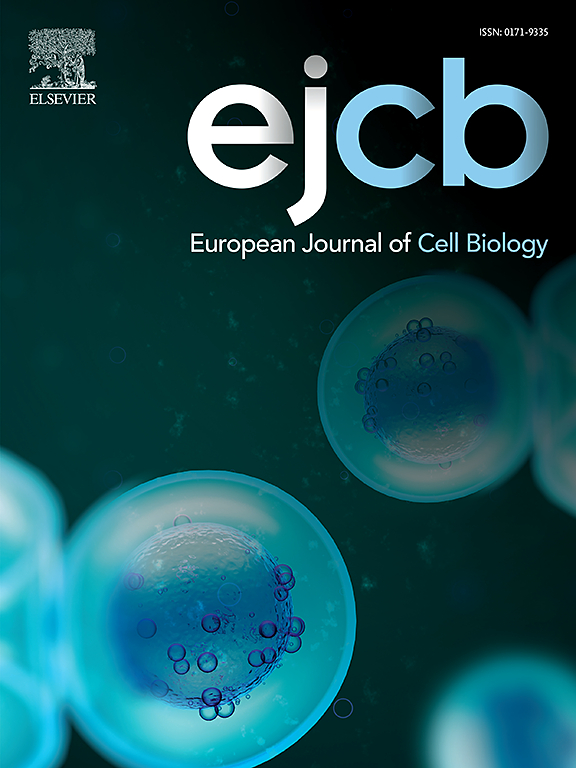前列腺素在调节性T细胞中的作用及其在炎症性疾病和癌症中的意义
IF 4.3
3区 生物学
Q2 CELL BIOLOGY
引用次数: 0
摘要
调节性T细胞(Regulatory T cells, Tregs)通过调节免疫自身耐受和体内平衡在免疫系统中发挥重要作用。此外,越来越多的证据表明,Tregs在修复各种损伤组织的过程中具有免疫之外的潜在贡献。treg的一般特征是叉头盒蛋白3 (FOXP3)转录因子在细胞核内组成性表达,CD25和CTLA-4在细胞表面高表达。迄今为止,大量分子已被确定为Treg分化和功能的关键调节因子。在这些分子中有前列腺素,它是多方面的脂质介质。类前列腺素由花生四烯酸通过环氧化酶的催化活性产生,并通过9个同源受体DP1‐2、EP1-EP4、FP、IP和TP发挥其功能。我们简要回顾了Tregs调控机制的研究进展,并对近年来前列腺素的调控作用进行了讨论。本文章由计算机程序翻译,如有差异,请以英文原文为准。
The role of prostanoids in regulatory T cells and their implications in inflammatory diseases and cancers
Regulatory T cells (Tregs) play an important role in the immune system through the regulation of immunological self-tolerance and homeostasis. Furthermore, increasing evidence suggests the potential contribution of Tregs beyond immunity in the process of repairing various injured tissues. Tregs are generally characterised by the constitutive expression of forkhead box protein 3 (FOXP3) transcription factor in the nucleus and high expression levels of CD25 and CTLA-4 on the cell surface. To date, a large number of molecules have been identified as key regulators of Treg differentiation and function. Among these molecules are prostanoids, which are multifaceted lipid mediators. Prostanoids are produced from arachidonic acid through the catalytic activity of the enzyme cyclooxygenase and exert their functions through the 9 cognate receptors, DP1‐2, EP1-EP4, FP, IP and TP. We briefly review previous studies on the regulatory mechanism of Tregs and then discuss recent works on the modulatory role of prostanoids.
求助全文
通过发布文献求助,成功后即可免费获取论文全文。
去求助
来源期刊

European journal of cell biology
生物-细胞生物学
CiteScore
7.30
自引率
1.50%
发文量
80
审稿时长
38 days
期刊介绍:
The European Journal of Cell Biology, a journal of experimental cell investigation, publishes reviews, original articles and short communications on the structure, function and macromolecular organization of cells and cell components. Contributions focusing on cellular dynamics, motility and differentiation, particularly if related to cellular biochemistry, molecular biology, immunology, neurobiology, and developmental biology are encouraged. Manuscripts describing significant technical advances are also welcome. In addition, papers dealing with biomedical issues of general interest to cell biologists will be published. Contributions addressing cell biological problems in prokaryotes and plants are also welcome.
 求助内容:
求助内容: 应助结果提醒方式:
应助结果提醒方式:


